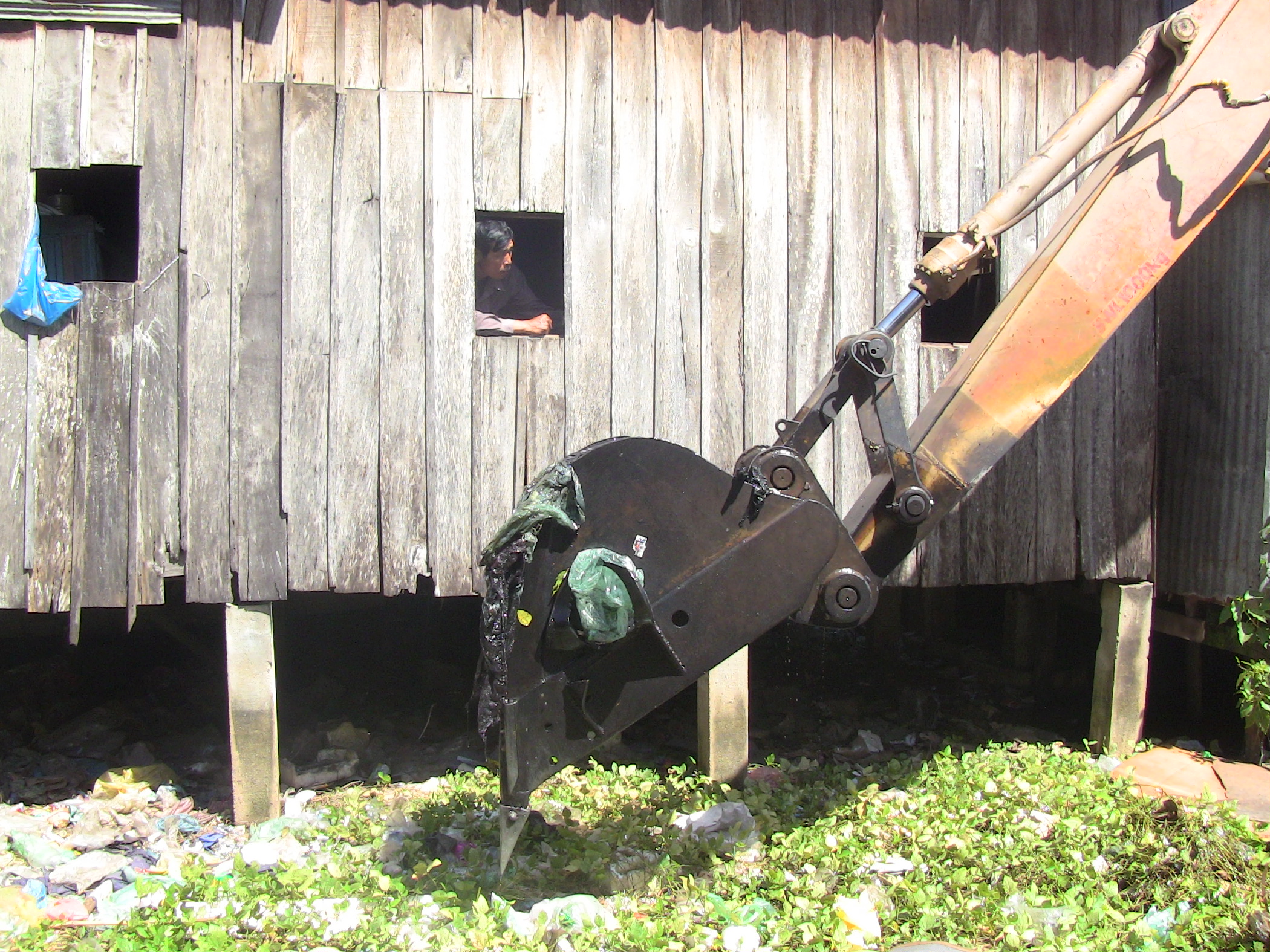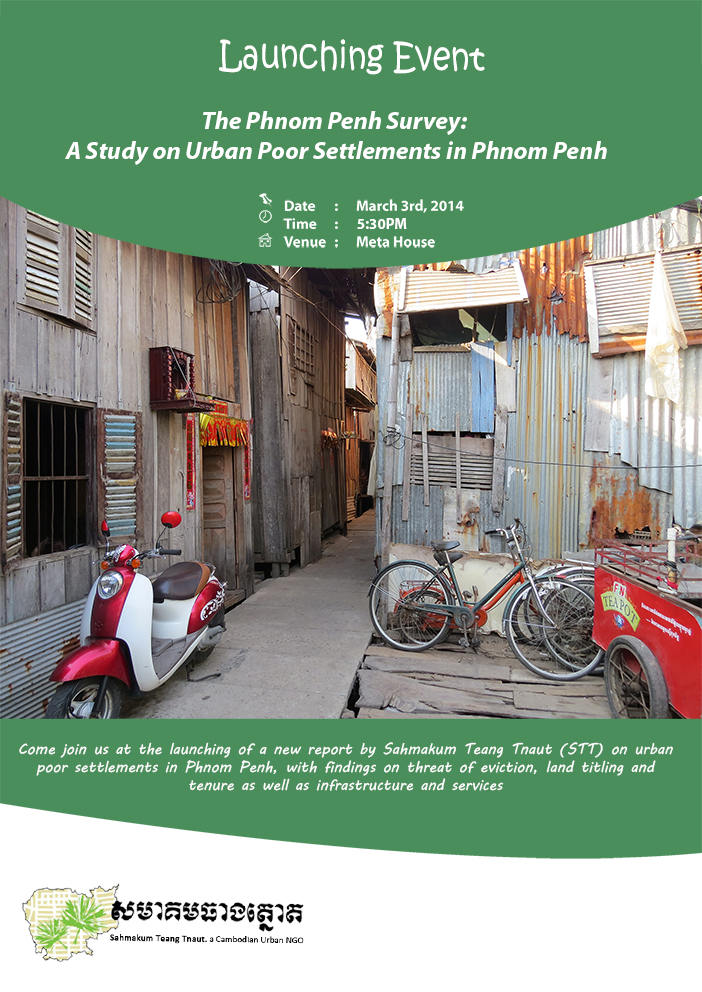Introduction
What is climate-smart design?
 Since more than three decade we know that human activities are affecting our climate. In the past century, the average temperature on our planet has increased by almost 1°C. It is envisaged that temperature could rise up to 3°C until 2050 if we continue like now. This increase of global temperature is called global warming or climate change. The main cause of global warming is the increased emission of so-called greenhouse gases like carbon dioxide (CO2), methane and others air pollutants. Human activities such as burning fossil fuels like coal, oil and natural gas are increasing the amount of carbon. For example, fossil fuels are burned in power plants to generate electricity. Other causes for climate change are deforestation, more agriculture activities and much more.
Since more than three decade we know that human activities are affecting our climate. In the past century, the average temperature on our planet has increased by almost 1°C. It is envisaged that temperature could rise up to 3°C until 2050 if we continue like now. This increase of global temperature is called global warming or climate change. The main cause of global warming is the increased emission of so-called greenhouse gases like carbon dioxide (CO2), methane and others air pollutants. Human activities such as burning fossil fuels like coal, oil and natural gas are increasing the amount of carbon. For example, fossil fuels are burned in power plants to generate electricity. Other causes for climate change are deforestation, more agriculture activities and much more.
Scientist have found out that higher global temperatures will lead to more extreme weather events and higher sea levels. The arctic sea ice is also shrinking and coral riffs are disappearing. Many ecosystems are in danger. In Cambodia the impact of global warming can be felt already today by more flooding events and longer droughts. This is affecting the livelihood of millions of people worldwide. If temperature rises above 2°C, our planet might become uninhabitable.
Therefore, we have to do something against climate change. We have to become climate-smart! What does climate-smart means? Climate-smart means on the one hand that we have to mitigate our impact on the environment and reduce the carbon emission of human activities. On the other hand, we know that changes are happening like for example more flooding. So we have to adapt to these changes. All this together is called becoming climate-smart.
The aim for this climate-smart design handbook is be a guide for urban poor communities to become more climate-smart. It shall help all organization’s and actors working to improve the infrastructure of these communities to do climate-smart improvements. This handbook was developed within the context of Sahmakum Teang Tnaut (STT)’s Alternative Urban Housing and Planning (AHUP) Programme with the support of Misereor Germany.
You can download full report as PDF files here: English






